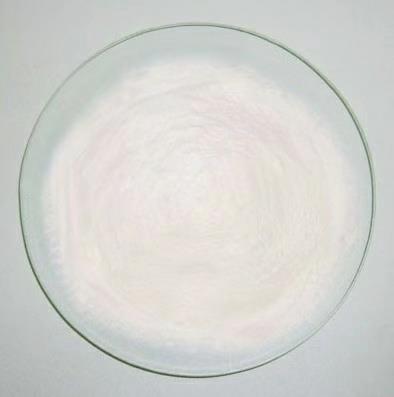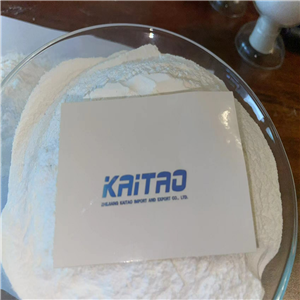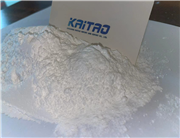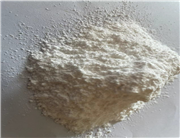Chlorine card color Lin (lorcaserin) is a new type of drug for the treatment of obesity, belongs to the oral effective selective serotonin 2 c agonists, hydrochloric acid chloride card color Lin (lorcaserinhydrochloride BelviqTM) developed by the American Arena company, Chemicalbook was approved by the U.S. Food and Drug Administration (FDA) on June 27, 2012 as an adjunct therapy based on a low-calorie diet and exercise in overweight adults who are obese or have at least one weight-related complication. Clinical studies have shown that the drug can effectively reduce body weight and improve obesity-related metabolic parameters in obese and overweight patients, and it is well tolerated. Clocasserin has a 100 times higher affinity for 5-HT2C than 5-HT2B (heart valvular disease risk), and is safe. Clocasserin is the first weight-loss drug approved by FDA since 1999. The mean weight loss for one year of clocasserin treatment ranged from 3% to 3.7%.
Mechanism of action Chlorcaserin is a selective serotonin agonist for serotonin 2C(5-HT2C) receptors, which are distributed almost exclusively in the brain. Activation of this receptor activates hunger and satiety pathways, including pathways that induce promelanin and reduce appetite. Drug interactions Because of the mechanism of action and the theoretical possibility of the serotonin syndrome, caution should be exercised when chlorcasserin is used in combination with drugs that may affect the serotonergic neurotransmitter system, Including triptan class monoamine oxidase inhibitors, selective serotonin reuptake inhibitors selective serotonin and norepinephrine reuptake inhibitors tricyclic antidepressant bupropion lithium dextromethorphan tramadol and st. John's wort etc. In addition, when this product with CYP2D6 substrates share need to be careful, because this product can increase the drug exposure. Safety Chlorcacserin has good tolerability and safety. Chlorcacserin is used in non-diabetic patients. The most common adverse reactions of Chemicalbook include headache, dizziness, fatigue, nausea, dry mouth and constipation. This product is used in diabetic patients, common adverse reactions include hypoglycemia headache back pain cough and fatigue. The rate of serious adverse events was found to be similar between clocasserin and placebo, and clocasserin did not increase the incidence of valvular heart disease. The incidence of depression and depression was low after clocasserin treatment. Studies showed that the proportion of depression caused by clocasserin 10mgBid, 10MGQD and placebo was 1.9%, 1.1% and 1.8%, the incidence of depression was 0.6%, 0.9% and 0.9%, and the proportion of suicidal thoughts was 0.9%, respectively. 0.6% and 0.7%. This product is a pregnancy medication X, pregnant women contraindicated; It is unknown whether this product is secreted by milk, and nursing women should weigh the advantages and disadvantages of this drug; This product is not recommended for children. Use as weight-loss medicine. Clocasserin can be used to treat opioid use disorder (OUD). Safety information


 China
China





